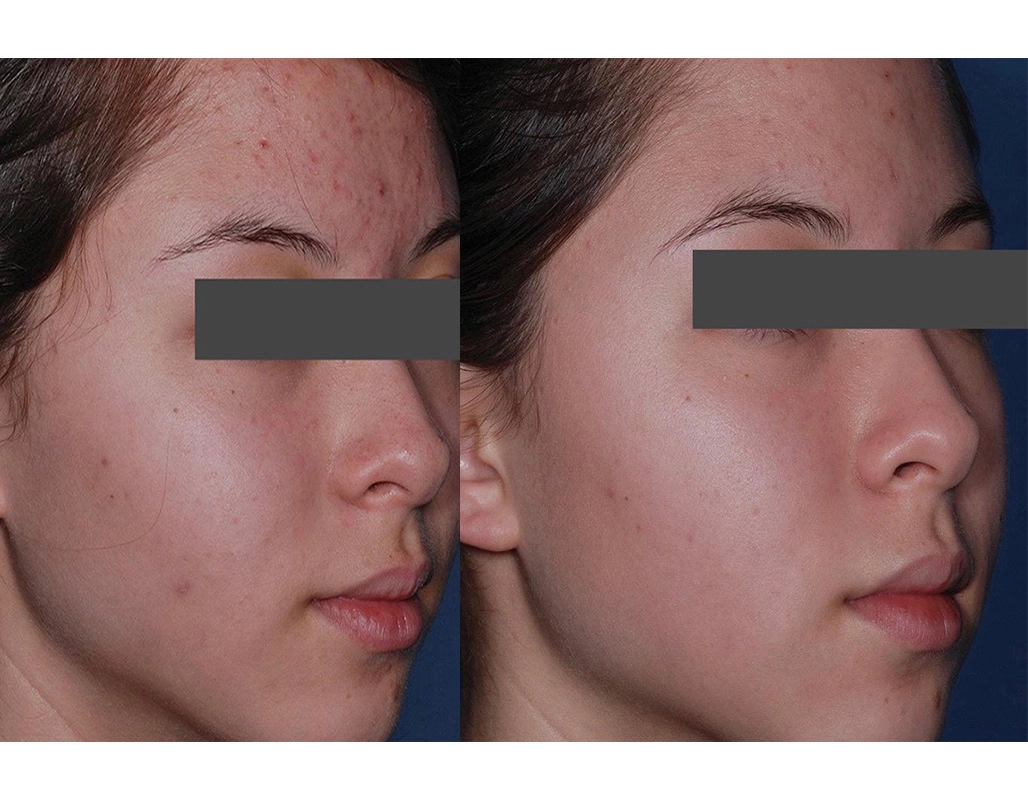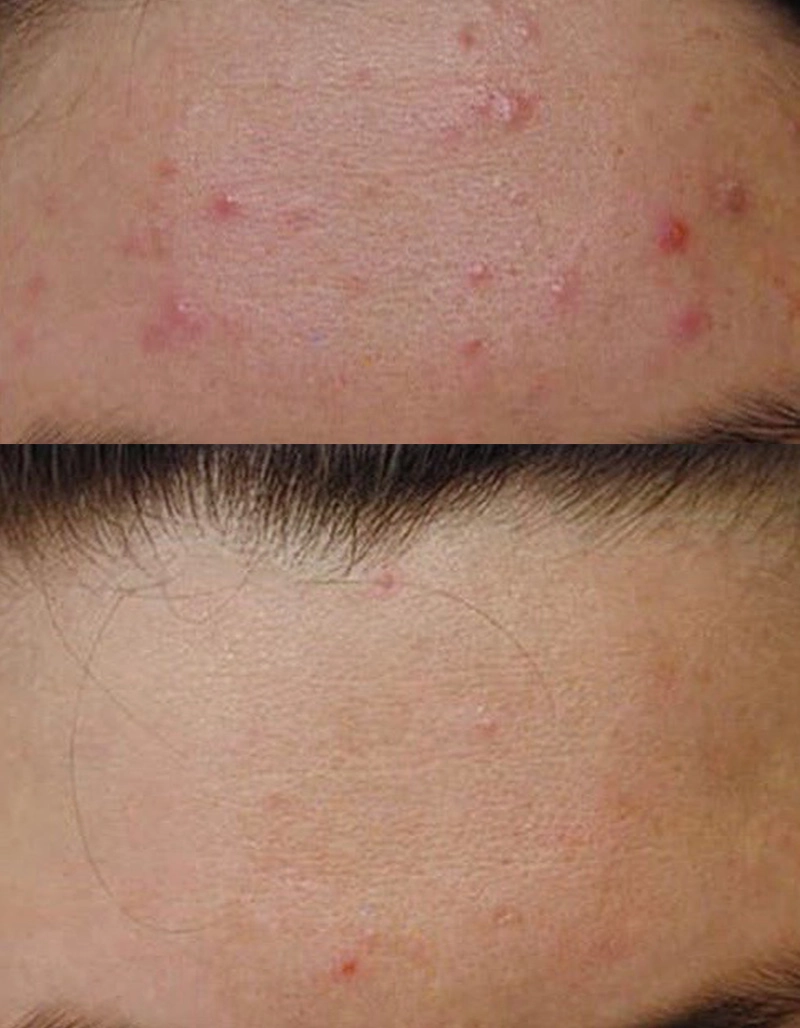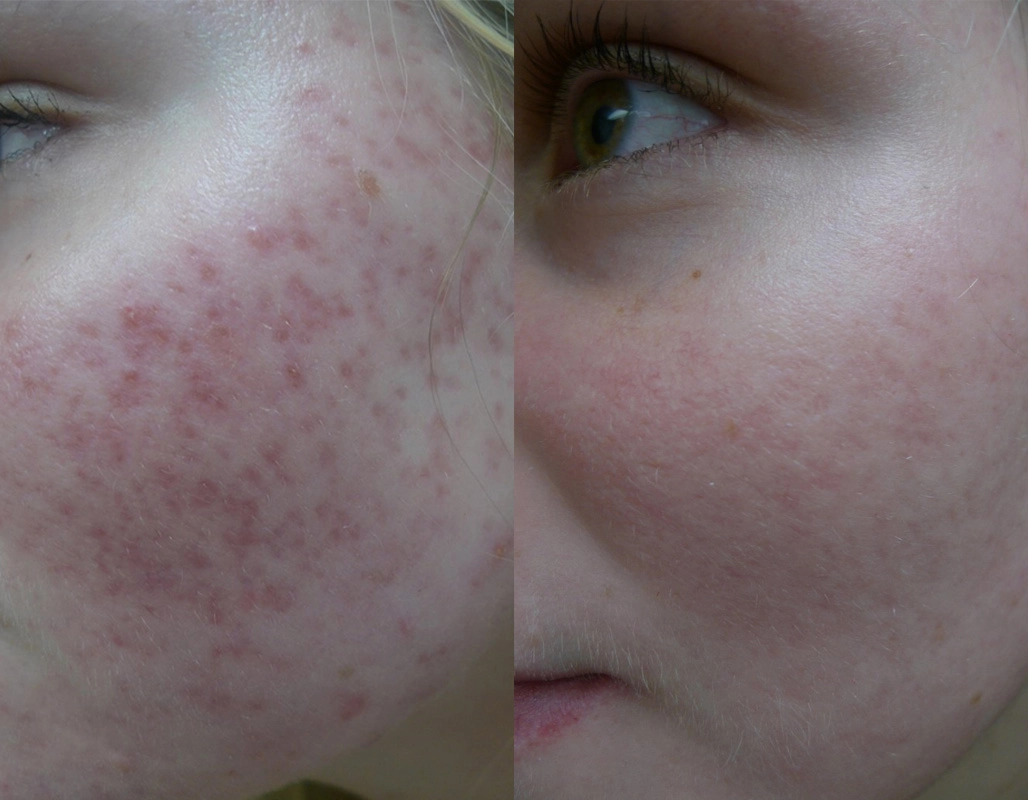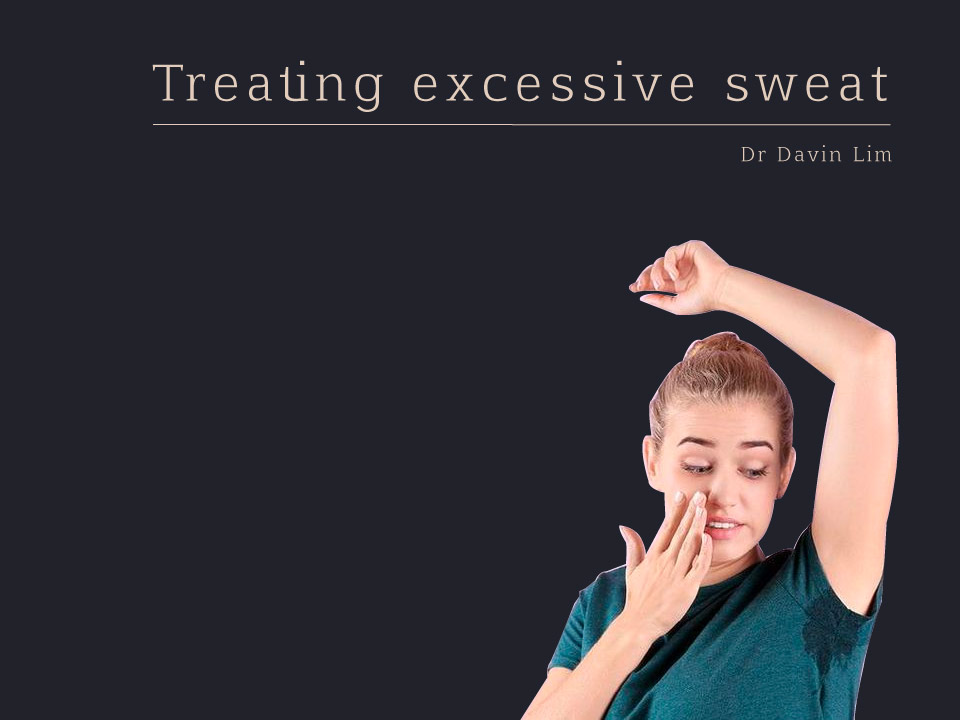ETS or endoscopic thoracic sympathectomy is a surgical procedure carried out by a vascular surgeon to permanently treat excessive underarm sweating, palmar hyperhidrosis or both. It carries significant gains & risks.
Key Points
- The most successful form of surgery is known as ETS surgery
- ETS disrupts the nerves that stimulates the sweat glands
- ETS has a very high success rate and is most useful if patients have associated palmar (hand) hyperhidrosis
- Permanent side effects should be carefully considered
ETS surgery for excessive underarm sweating at a glance
Our results speak for themselves

Before
After

Obagi has medical grade therapy for acne. Benzoyl peroxide combined with active wash, cleanser & moisturizer
Ask us more about this treatmant
Preferred Consultation

Before
After

Medical therapy for acne
Ask us more about this treatmant
Preferred Consultation

Before
After

Topicals to treat acne, vascular laser therapy to reduce redness
Ask us more about this treatmant
Preferred Consultation
FAQs
Who performs ETS surgery for excessive sweating?
Very. For underarm or axillary hyperhidrosis, we can expect an efficacy rate of 96%. In most cases this treatment completely turns off sweating.
ETS is done by a specialist Vascular Surgeon. Cutis Dermatology refers their Brisbane patients to Dr Andrew Cartmill, as he is very skilled in this procedure. You can ask your GP to refer if you are contemplating surgery for excessive sweating of the underarms or hands
How is ETS surgery conducted?
ETS or endoscopic thoracic sympathectomy is conducted under general anaesthesia by a vascular surgeon. This is keyhole surgery with an anterior (front approach). Incisions are placed in between your ribs with a camera inserted. Your lungs required deflation for a several minutes, then your surgeon will carefully cut your sympathetic nerves.
The lung is then re-inflated (useful) & the procedure is repeated on the other side. The procedure takes 15 to 40 minutes to perform. Most cases are done as day surgery.
What are the side effects that could happen?
The side effects of surgery pertain to this procedure. Risks will be explained in detail by your vascular surgeon. The specific concerns include-
Compensatory HH or hyperhidrosis. Depending on the surgeon’s skill, the incidence varies between 70% to as low as 15%. (Dr Cartmill has a very low compensatory HH rate). The hard thing to predict who will get compensatory sweating & where it may occur as it can involve the trunk or limbs. Most cases are mild and well tolerated. Most patients who develop compensatory hyperhidrosis find it much less problematic than the sweating they originally had the surgery for.
Horner’s syndrome is a constellation of symptoms that causes eyelid drooping and pupil diameter changes. This is a rare side effect.
Pneumothorax is another rare side effect cause by trapped air during the operation. It is easily treated.
Products

O Cosmedics cleansing range
$63.00-$64.00

O Biotics 3D Hyaluronic Serum
From $97.00
ETS surgery is useful for patients who suffer from excessive sweating of the hands. This procedure is performed by a vascular surgeon in an operating theater. Though highly effective, compensatory sweating in other areas is not uncommon.
What are the advantages of surgery over other sweat treatments for the underarm?
Surgery as advantages over treatments such as iontophoresis, antiperspirants such as DRICLOR and even anti-wrinkle treatments.
Surgical procedures such as ETS (endoscopic thoracic sympathectomy) have high success rate, and once performed, sweating can be cured. The procedure, if successful, can be considered permanent. ETS is especially useful if there is excessive sweating on the hands, as well as the armpits. ETS is also very successful if sweating of the face, neck and scalp is associated with blushing.
What are other treatments for severe underarm sweating, apart from surgery?
Surgery for underarm sweating should be reserved as last line management for excessive underarm sweating. As a rule, patients should try less invasive procedure, that carry little or no risks of side effects. Treatments include:
Antiperspirants
The use of over-the-counter antiperspirants such as DRICLOR is considered first line treatment of underarm sweating. These work by blocking the eccrine sweat unit, reducing sweat production. Antiperspirants work best for mild underarm sweating, patients who suffer from moderate to severe sweating will usually develop skin irritation. The correct use of antiperspirants can reduce skin irritation in some patients.
Sweat stopping treatments/ anti-wrinkle Injections
Sweat stopping treatments injections are second-line treatment for severe underarm sweating. Sweat stopping treatments can only be indicated if antiperspirants do not work, or if you get skin irritation secondary to topical aluminium chloride. Sweat stopping treatments are injected into the deeper layers of the underarm skin, targeting sweat glands. It works by temporarily blocking chemical signals that stimulate the eccrine glands. When these glands don’t receive the signals, sweating stops.
anti-wrinkle treatments takes 5-10 minutes to perform and takes up to 2 weeks to work. In the context of reducing underarm sweating, it usually lasts 6-7 months. Side effects are minimal, and treatments are partially covered under Medicare.
Tablets
Prescription tablets such as anti-cholinergics can help reduce sweating, however they must be taken up to three times a day. Most patients will develop side effects such as sedation. In higher doses side effects such as blurred vision and dry mouth syndrome can occur.
Natural remedies, alternative therapies and meditation
We encourage patients to try natural remedies if they are open to it! Only a very small percentage of patients will respond. Chamomile, valerian weed root, and sage tea can reduce sweating, with the highest success rate seen in mild cases of underarm sweating. Other techniques to reduce sweating include biofeedback, and relaxation techniques.
What to consider before undertaking ETS surgery for sweating?
Surgery for excessive sweating is a big step and patients will need to think carefully before embarking on this journey.
Conservative treatments should be tried first before surgery is considered.
Axillary Hyperhidrosis patients should consider: sweat stopping treatments and antiperspirants
Surgery can be helpful if patients suffer from several areas of excessive sweating. Examples include- sweating of the hands associated with underarm sweating, or facial sweating coupled with flushing


